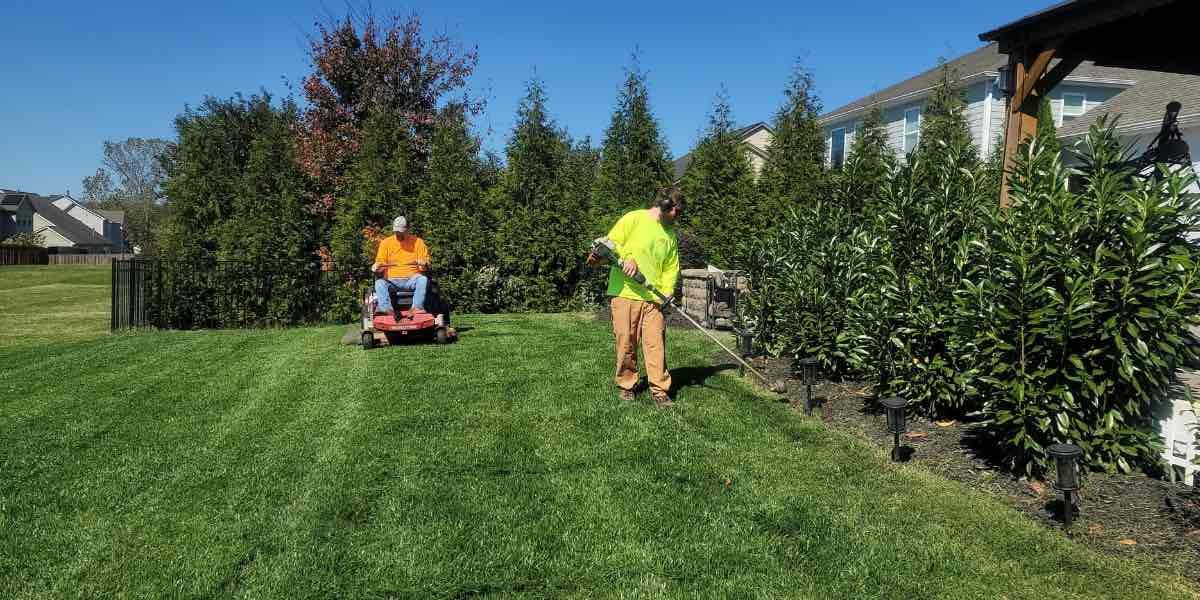In this article, we will explore the key steps you can take to prepare your home and family for the possibility of a wildfire. From creating defensible space around your property to understanding evacuation procedures, being prepared can make all the difference in keeping you and your loved ones safe.
How Can You Prepare Your Home for Wildfire Season?
Wildfire preparedness starts at home, and one of the most important things you can do is to create a defensible space around your property. This means clearing away any flammable materials like dry leaves, dead branches, and overgrown vegetation that could act as fuel for a fire. Fire experts recommend maintaining at least 30 feet of defensible space around your home, but more may be needed if you live in a particularly high-risk area. This buffer zone can help slow down a fire and give firefighters a better chance of defending your property.
Within this defensible space, it’s also important to harden your home against wildfire. This can be done by installing fire-resistant materials on your roof and exterior walls, using tempered glass windows, and sealing any gaps where embers could enter your home. Embers are a major cause of homes catching fire during wildfires, and simple actions like cleaning gutters regularly and covering vents with fine mesh screens can reduce the risk of embers igniting your property.
In addition to physical modifications, having the right tools and resources on hand is key. Keep fire extinguishers in easily accessible locations and make sure you have enough hoses that can reach all areas of your property. It’s also helpful to have an emergency kit prepared, complete with items like water, non-perishable food, flashlights, extra batteries, and important documents. By taking these steps ahead of time, you can significantly improve your home’s ability to withstand a wildfire.
What Should You Include in a Wildfire Evacuation Plan?
While preparing your home is important, knowing when and how to evacuate is equally critical during wildfire season. Every family living in a fire-prone area should have a well-thought-out evacuation plan that covers everything from escape routes to emergency contacts. Wildfires can spread quickly, so having a plan in place ensures that you and your family can act swiftly if an evacuation order is issued.
The first step in creating an evacuation plan is to map out multiple escape routes from your home. Wildfires are unpredictable, and it’s essential to have alternative routes in case your primary exit is blocked. Make sure everyone in your household knows these routes and practices them regularly. It’s also a good idea to designate a meeting place outside of the fire zone in case family members get separated.
Another crucial part of your evacuation plan is to have a go-bag ready for each member of the household. A go-bag should contain essential items like medications, personal identification, clothing, food, water, and chargers for electronic devices. Having these items packed and ready to go at a moment’s notice can make the evacuation process smoother and less stressful.
In addition to physical preparations, it’s important to stay informed about local evacuation alerts and fire conditions. Sign up for emergency notifications through your local fire department or government agencies, and always keep your phone charged and accessible in case you need to leave quickly. Monitoring the news and weather can help you stay ahead of a fast-moving fire and ensure that you’re ready to act if necessary.
How Can You Safely Respond During a Wildfire?
If you find yourself in the midst of a wildfire, knowing how to respond can mean the difference between safety and danger. If an evacuation order is issued, the most important thing to do is to leave immediately. Delaying your evacuation, even by a few minutes, can put you and your family at greater risk. Wildfires can change direction rapidly, and roads can become blocked or impassable, so acting quickly is essential.
As you evacuate, follow designated escape routes and avoid taking shortcuts that may lead you into dangerous areas. Keep your vehicle ready for a quick getaway by ensuring that it’s always stocked with fuel, and never wait for an official evacuation order if you feel unsafe. In many cases, the signs of an approaching wildfire—such as thick smoke, ash, or the smell of burning—are enough reason to leave the area.
For those who are unable to evacuate immediately, it’s important to find shelter in a well-constructed building and avoid rooms with windows that could shatter from heat. Close all doors, windows, and vents to prevent embers from entering the building. If possible, stay tuned to local emergency broadcasts or check online for updates about fire conditions in your area.
Once you’ve evacuated, it’s important to stay informed about the wildfire’s progress and wait for official instructions before returning home. Even if the fire seems to have passed, there may still be hot spots or dangers that aren’t immediately visible. Authorities will let residents know when it’s safe to return, and it’s crucial to follow their guidance to avoid unnecessary risks.
Wildfire preparedness is a vital part of living in California or any other area prone to these natural disasters. By taking proactive steps like creating a defensible space around your home, preparing a family evacuation plan, and responding quickly to evacuation orders, you can protect your home and loved ones from the dangers of wildfires. While it’s impossible to control when and where a wildfire will strike, being prepared ensures that you’re ready to act if the time comes.
Remember, wildfire preparedness is about more than just protecting property—it’s about safeguarding lives. Stay informed, stay prepared, and make sure your family knows exactly what to do in case of a wildfire emergency.






